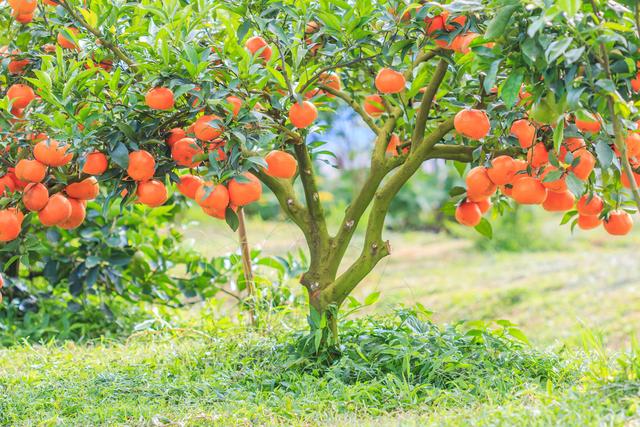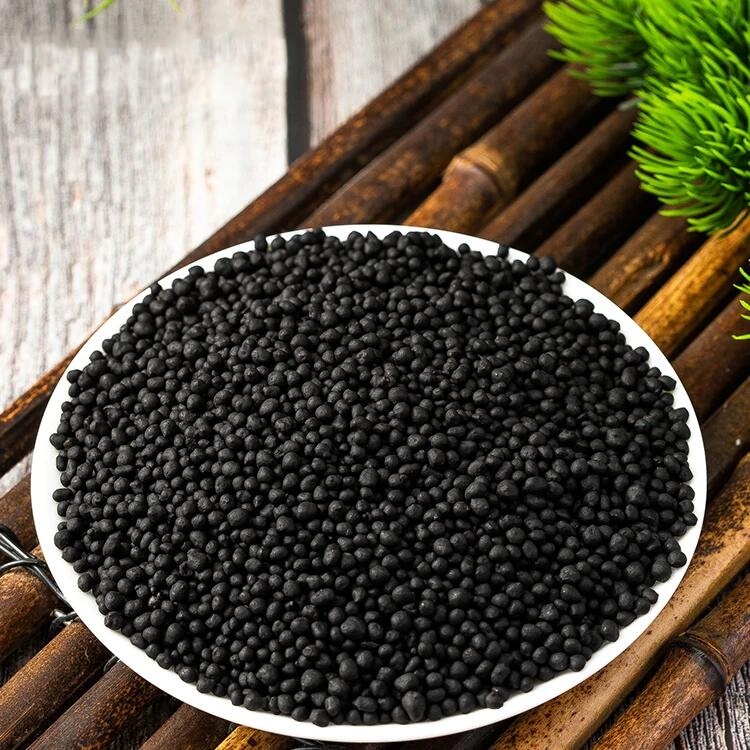Potassium humate is a highly efficient organic potassium fertilizer because the humic acid in it is a biologically active agent that can increase the available potassium content in the soil, reduce the loss and fixation of potassium, increase the absorption and utilization of potassium by crops, and also improve the soil. , promote crop growth, improve crop stress resistance, improve crop quality, protect the agricultural ecological environment and other functions; after it is mixed with urea, phosphate fertilizer, potassium fertilizer, trace elements, etc., it can be made into a highly efficient and multi-functional compound fertilizer.
The humic acid functional group in potassium humate can absorb and store potassium ions, preventing them from being lost with water in sandy soil and leachable soil, and preventing the fixation of potassium in sticky soil. In addition, some parts of potassium humate are low-molecular humic acids such as fulvic acid, which have a dissolving effect on potassium-containing silicates, potassium feldspar and other minerals. They can slowly decompose to increase the release of potassium, increase the content of available potassium, and make Fertilizer efficiency increases, crop yield increases, and quality improves.
Potassium humate has special effects in combining land use and nourishment; coordinating long-term and quick effects; and having obvious water and fertilizer retention effects. It combines the advantages of inorganic fertilizers and farmyard manure and is superior to them, and has good nutrient release control. Function, it is a good controlled-release fertilizer, so that the nutrients will not be too much in the early stage and the nutrients will not be too low in the later stage, and the fertilizer supply curve will be stable. The release rate can also be controlled through physical, chemical and biotechnological means to achieve two-way regulation of accelerated release and sustained release. The supply of nutrient elements in fertilizers is basically synchronized with the crop’s demand for nutrients to achieve dynamic balance. Potassium humate can avoid or significantly reduce the soil hardening and water and air pollution that ordinary chemical fertilizers (such as urea, 50%–60% potash fertilizer, diammonium phosphate, etc.) easily produce, and significantly increase crop yields. Improve crop quality, improve crop nutritional content, reduce nitrate content, and improve color, aroma, taste and storage stability. It is the material basis for agricultural clean production and green food with environmental protection functions. Potassium humate has less loss, high utilization rate, stable absorption by plants, and improved yield and quality. It is a “green” potash fertilizer for agricultural applications and a substitute for ordinary agricultural potassium chloride and potassium sulfate. Potassium humate is suitable for any crops and can also be used in conjunction with ordinary chemical fertilizers.
1. The product is non-toxic, odorless, black natural organic powder. Easily soluble in water, it is an organic macromolecular compound containing a large number of intricate functional groups. It is more resistant to microbial decomposition. Its slow decomposition effect is the highest among all organic solid fertilizers. It has strong adsorption, exchange, complexation and chelation. Ability is the best indicator of fertility preservation, and it is also known as ecological fertilizer, which can provide slow-acting organic fertilizers of nitrogen, phosphorus and potassium. It can also provide large, medium and trace elements required by various plants, as well as organic matter including humic acid, fulvic acid, humic amino acids, sugars, etc. High-quality potassium fertilizer and organic raw materials for organic compound fertilizer production.
2. Function and efficacy
1) It can improve soil physical characteristics, improve soil aggregate structure, reduce soil compactness, and achieve good conditions;
2) Increase the cation exchange capacity and fertilizer retention capacity of the soil to absorb and exchange plant nutrients, improve the slow-acting nature of fertilizers, and increase the soil’s fertilizer and water retention capacity;
3) Provide activities for beneficial soil microorganisms;
4) Promote the decomposition of artificial (such as pesticides) or natural toxic substances and their effects;
5) Increase the soil’s balancing ability and neutralize soil PH;
6) The black color helps absorb heat and enable early spring planting;
7) Directly affects cell metabolism, improves crop respiration and photosynthesis, and enhances crop stress resistance, such as drought resistance, cold resistance, disease resistance, etc.;
8) Release nutrients needed by plants after decomposition;
9) Strengthen roots and increase yield, improve crop quality and increase the sweetness of melons and fruits.
3. How to use
1) It can be used as top dressing and base fertilizer, and can be applied in strips, broadcast or holes;
2) Can be sprayed on the ground or on leaves;
3) Suitable for fruit trees, tea, citrus, grapes, strawberries, various trees, flowers, melons, vegetables, rice and other crops;



